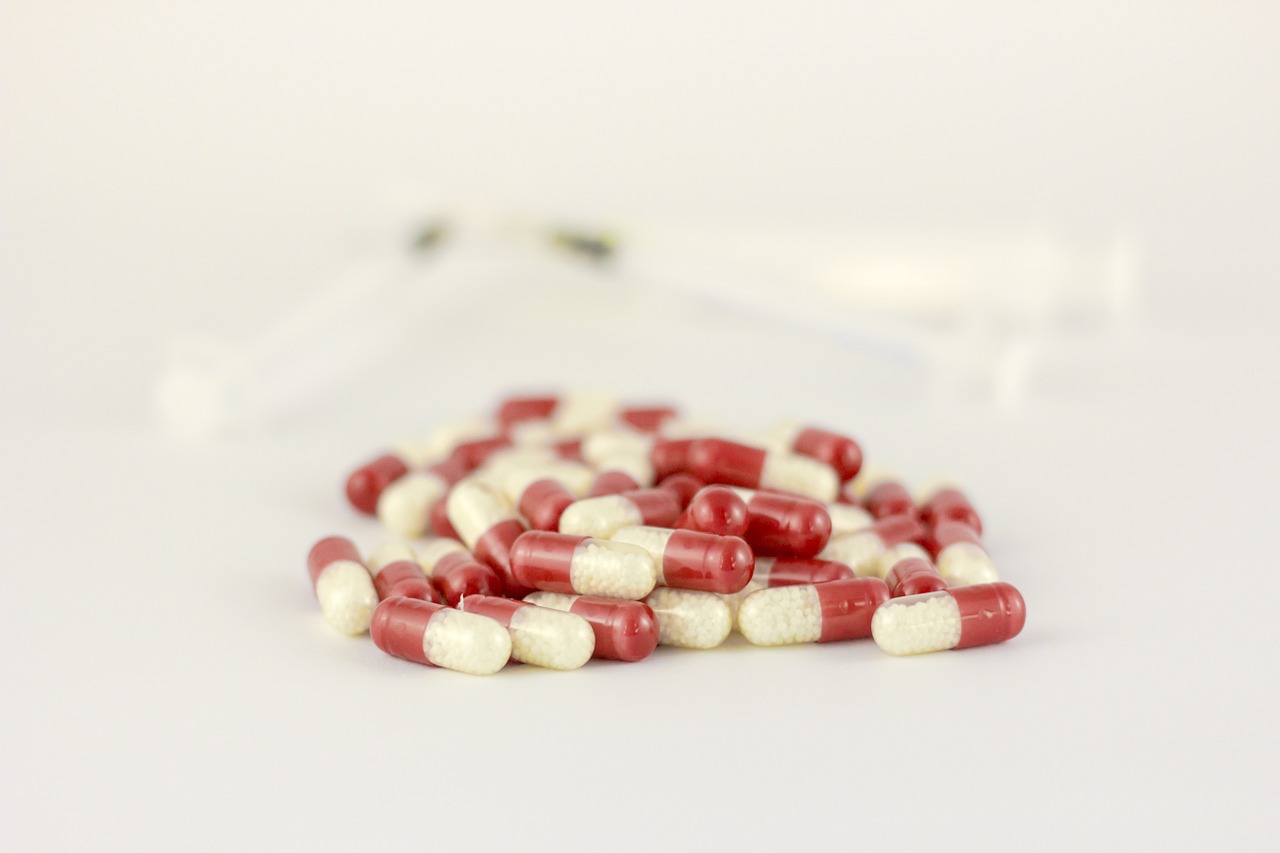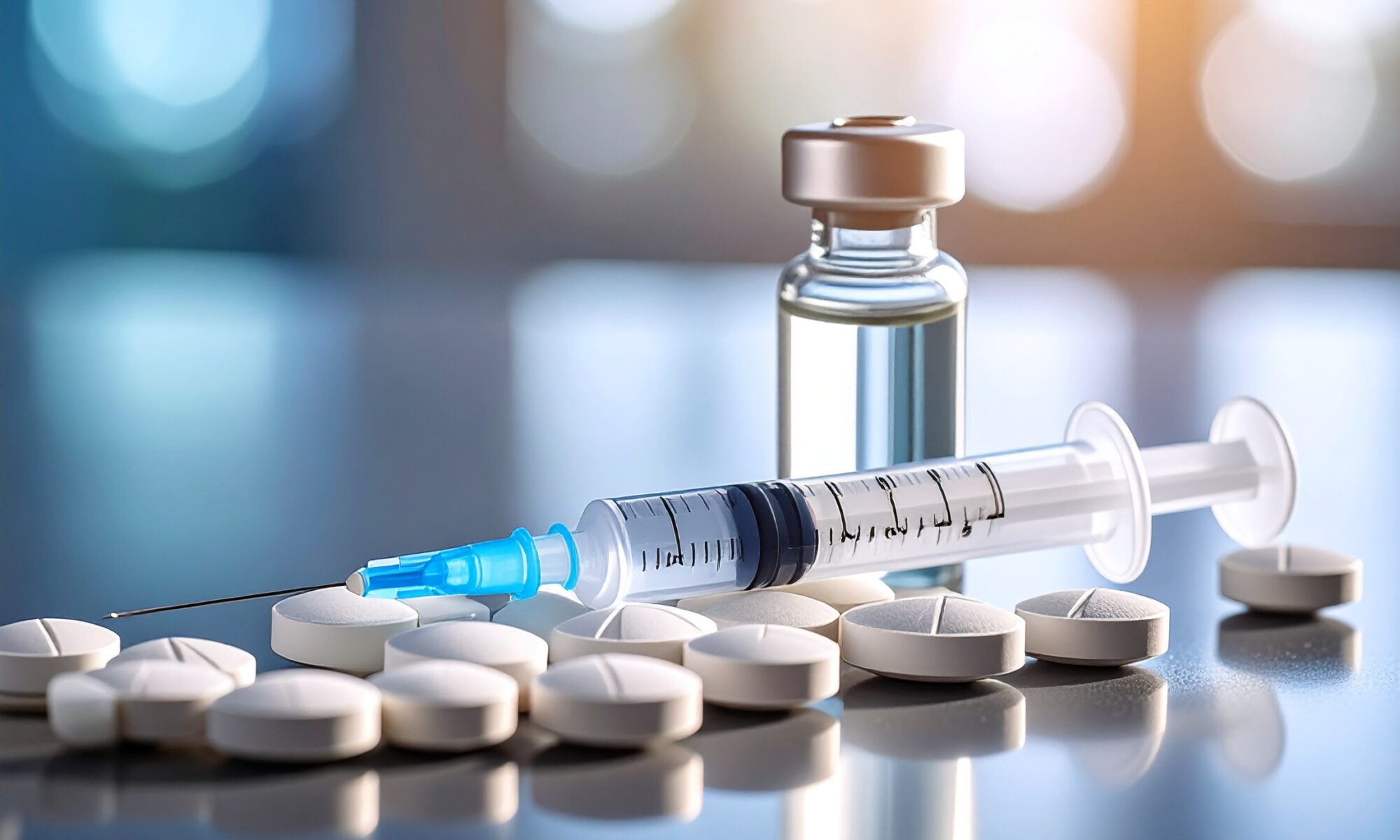Podcast: Play in new window | Download (Duration: 13:49 — 6.3MB) | Embed
Vilazodone (brand name Viibryd) is an antidepressant with a unique pharmacologic profile compared to most other agents in the SSRI class. While not a first-line choice for every patient, understanding its mechanism, adverse effects, and interaction profile is essential for optimizing therapy and preventing downstream prescribing problems.
Mechanism of Action
Vilazodone is classified as a selective serotonin reuptake inhibitor (SSRI) and a partial agonist at the 5-HT1A receptor. The SSRI activity increases synaptic serotonin by blocking the serotonin transporter, while partial agonism at 5-HT1A receptors may contribute to antidepressant effects and potentially reduce certain SSRI-associated adverse effects (though clinical evidence for this benefit is mixed).
Adverse Effects
- GI effects – diarrhea, nausea, and vomiting are frequent early in therapy. Taking the medication with food can help minimize these.
- Insomnia – often dose-related; morning dosing may help.
- Sexual dysfunction – may be slightly lower than with some SSRIs but still present.
- Serotonin syndrome – rare but serious, particularly if combined with other serotonergic drugs.
- Discontinuation syndrome – abrupt cessation can lead to dizziness, irritability, and flu-like symptoms.
Drug Interactions
Vilazodone is primarily metabolized by CYP3A4. This means:
- CYP3A4 inhibitors (e.g., ketoconazole, clarithromycin, ritonavir) can increase vilazodone concentrations, potentially worsening side effects—dose reductions may be required.
- CYP3A4 inducers (e.g., carbamazepine, rifampin, St. John’s Wort) can lower drug levels, reducing effectiveness.
- Other serotonergic agents (e.g., triptans, SNRIs, MAOIs, tramadol, linezolid) increase the risk of serotonin syndrome.
- Antiplatelets and anticoagulants – SSRIs can impair platelet aggregation, increasing bleeding risk when combined with aspirin, NSAIDs, or warfarin.
Prescribing Cascade Examples
Vilazodone’s adverse effects can easily lead to unnecessary prescriptions if side effects aren’t recognized:
- GI upset → Acid suppression therapy – Diarrhea or nausea prompts the addition of proton pump inhibitors or antiemetics, instead of adjusting vilazodone dose or timing.
- Insomnia → Hypnotic initiation – Trouble sleeping results in adding zolpidem or trazodone, without reassessing morning dosing or vilazodone’s role.
- Sexual dysfunction → PDE5 inhibitor prescription – Erectile dysfunction leads to sildenafil use, when the root cause is vilazodone’s serotonergic activity.
Vilazodone’s combination of SSRI and 5-HT1A partial agonist activity makes it somewhat distinct, but its side effect profile and interactions require the same careful monitoring as other antidepressants. Healthcare professionals can play a key role in catching early signs of adverse effects, preventing prescribing cascades, and ensuring drug–drug interactions are managed appropriately.
Be sure to check out our free Top 200 study guide – a 31 page PDF that is yours for FREE!
Support The Podcast and Check Out These Amazing Resources!
Meded101 Guide to Nursing Pharmacology (Amazon Highly Rated)
Guide to Drug Food Interactions (Amazon Best Seller)









